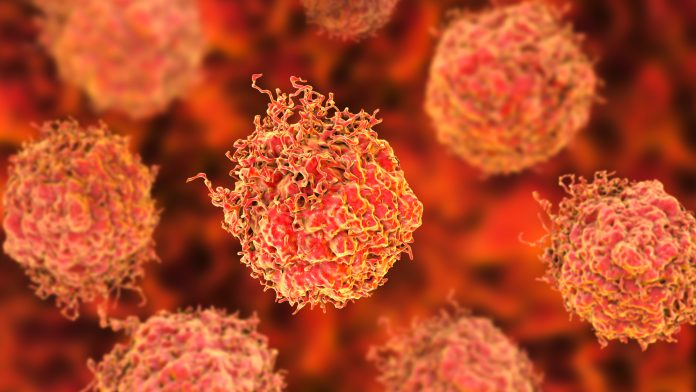An increased awareness on a molecular level of the mechanisms prostate cancer cells use to become mobile and start spreading could provide new opportunities for treatment of aggressive prostate cancer in the future, according to a new study published in the scientific journal iScience.
Researchers at Umeå University, Sweden, in collaboration with researchers in Uppsala and Tokyo, have studied the growth factor TGF-β, Transforming Growth Factor Beta, which regulates how cells grow and specialise, to gain an insight into how prostate cancer causes secondary tumours.
“We can show that one specific amino acid in a signalling molecule plays an important role in mobilising the cancer cells and in that way increase the risk of metastases,” explains Professor Maréne Landström, Umeå University.
TGF-β and cancer growth
Previous studies have shown an overproduction of TGF-β in many cancer forms, including prostate cancer. High levels of TGF-β have proven to be strongly linked with poor prognosis and low survival rates because of the growth factor stimulating cancer cells to spread in the human body and cause life-threatening secondary tumours – so-called metastases.
TGF-β regulates the expression of the protein Smad7 – an active component in the TGF-β signalling chain. In healthy cells, Smad7 can prevent continued TGF-β signalling via negative feedback.
However, Maréne Landström and her research group can now show, contrary to previous belief, that, in cancer cells, Smad7 can reinforce the development of tumours by regulating the gene expression of HDAC6 and c-Jun.
The specific amino acid that has caught the researchers’ attention, Lys102, is found in Smad7 and it binds to particular gene-regulating functions in DNA to increase production of the gene expression HDAC6 and c-Jun. This has the effect that cancer cells become more mobile and more prone to form metastases. Researchers have been able to see a clear connection between all these variables and a negative prognosis for prostate cancer.
Inhibiting secondary prostate cancer tumours
“The good news is that by using treatment with an HDAC6 inhibitor, we can make prostate cancer cells lose their mobility. In that way, novel opportunities can open up for treatments that reduce the risk of metastases,” says Landström.
Clinical trials are now taking place in the UK with the goal of finding specific HDAC6 inhibitors in patients with solid tumours, in order to develop future treatments using HDAC6 inhibitors to be deployed alongside existing treatment protocols for patients with hard-to-treat forms of the disease.
Future studies can explore the benefit of indicating expressions of Smad7, HDAC6 and c-Jun to enable new and more specific treatments for men with aggressive prostate cancer.
The study also shows an entirely new function of Smad7 in the way that it can recruit Smad2 and Smad3 to the place of transcription for these genes. Previously, it has been thought that Smad7 held the role of inhibitor for TGF beta-Smad2/3 transcriptional activity.









